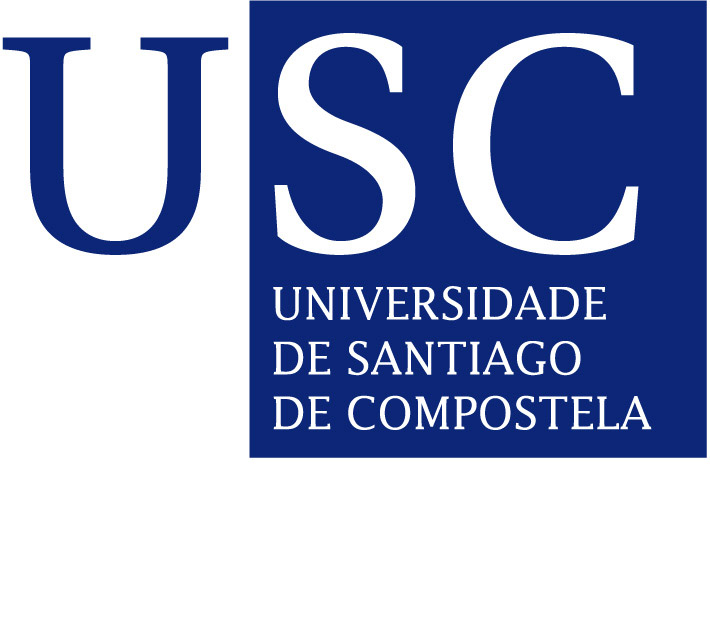Conferencia: «Molecules and systems with strong discrimination of circularly polarized light»

Prof. Lorenzo Di Bari (Dipartimento di Chimica e Chimica Industriale, Università di Pisa - Italy)
CiQUS Seminar Room
12:15 h
Circularly polarized light has relevant applications in various fields, from the classical assignment of absolute configuration of molecules, to its very recent use in optoelectronic devices, 3D displays, security inks. The lecture shall cover two aspects: molecules that emit light with strong circular polarization and systems (supramolecular assemblies) which discriminate polarized beams. Conjugated polymers or oligomers display strong absorption bands, that can be used to fabricate photovoltaic cells or field-effect transistors. Often, they constitute rodlike systems, giving rise to parallel aggregates in the solid state.
We shall demonstrate how the structures of molecular aggregates respond to the introduction and the control of chiral elements and some of its consequences.1 We shall display materials exhibiting uncommonly high dissymmetry factors, i.e. able to discriminate left-and right-polarized light.2 In the context of light emitting devices (LED), we use chiral lanthanide complexes with high circularly polarized luminescence (CPL). The heterobimetallic CsEu(hfbc)4 displays an unsurpassed dissymmetry value g=1.38. We shall briefly review the concepts for obtaining high polarization of emitted light.3 We have recently demonstrated the application of this complex in an organic LED shining light with high circular polarization and we shall discuss its architecture.4
References
- (a) Resta, C.; Di Pietro, S.; Majerić Elenkov, M.; Hameršak, Z.; Pescitelli, G.; Di Bari, L., Macromol. 2014, 47, 4847-4850; (b) Destri, S.; Barba, L.; Gelmetti, I.; Di Bari, L.; Porzio, W., Macromol. Chem. Phys. 2015, 216, 801-807.
- Resta, C.; Pescitelli, G.; Di Bari, L., Macromol. 2014, 47, 7052-7059.
- Zinna, F.; Di Bari, L., Chirality 2015, 27, 1-13.
- Zinna, F.; Giovanella, U.; Di Bari, L., Adv. Mater. 2015, 27, 1791-1795.


